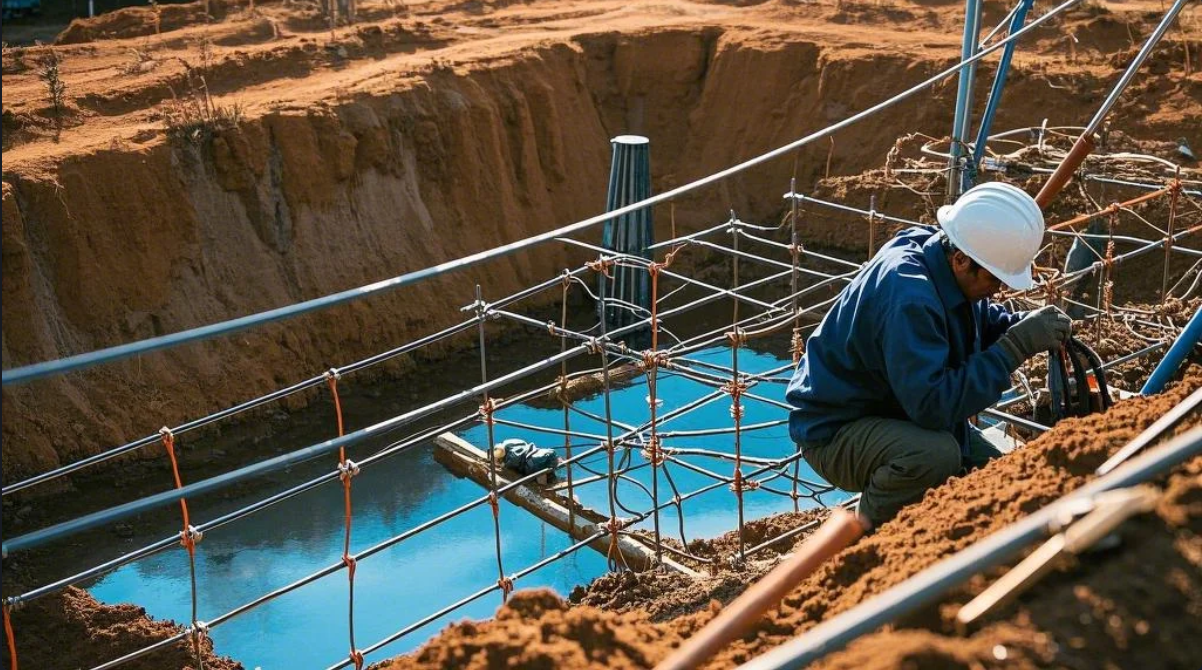Why Use Bare Copper Wire for Grounding?
Why Use Bare Copper Wire for Grounding?
Bare copper wire dominates grounding systems for its unparalleled electrical conductivity and reliability. While alternatives like tinned copper wire exist, pure copper remains unmatched in safety and performance. Here’s a detailed breakdown of its advantages, backed by global standards.
Bare Copper vs. Other Wires: Key Comparisons

1. High Conductivity
As the best conductor of electricity among non-precious metals, pure copper ensures minimal resistance. For example:
- Bare copper wire: 100% conductivity (IACS standard).
- Tinned copper wire: 98% due to the layer of tin (IEC 60228).
2. Corrosion Resistance
Copper’s natural oxide layer protects against moisture and chemicals. In contrast, insulated wire jackets can crack over time, exposing conductors. NEC 250.4(A)(5) mandates bare copper for underground electrical wiring to avoid hidden damage.
3. Heat Tolerance
Bare copper withstands high temperatures (up to 100°C) without melting. ASTM B3-certified wires are ideal for industrial zones prone to excess electrical heat.
When to Choose Tinned Copper Wire
While pure copper is standard, tinned copper wire adds niche benefits:
- Saltwater Environments: The tin layer prevents galvanic corrosion (common in marine applications).
- High-Temperature Zones: Tin resists oxidation at 150°C+, per IEC 60344.
- Flexible Connections: Stranded type of copper wires with tin coating endure frequent movement (e.g., robotics).
Global Standards for Grounding Wires
1. NEC Compliance
- Article 250.64(C) requires #4 bare copper wire (or larger) for service entrances.
- Type of wire: Stranded or solid, provided it meets ASTM B3 purity grades.
2. IEC Guidelines
- IEC 62305-3 specifies bare copper earth wire for lightning protection grids.
- IEC 60439-1 mandates high conductivity conductors in switchgear assemblies.
3. Industrial Applications
- IEEE 80 recommends 4/0 bare copper wire for substations to handle fault currents.
- Oil refineries use tinned copper wire (UL 44) in explosive atmospheres.
Installation Tips for Optimal Performance
- Avoid Mixed Metals
- Combining copper with steel or aluminum accelerates corrosion. Use a ground rod clamp (UL 467) for copper-to-copper bonds.
- Soil Preparation
- For dry soil, pair bare copper with bentonite clay (IEEE 837).
- In acidic soil, opt for tinned copper wire (ASTM B33).
- Testing & Maintenance
- Measure resistance with a 3-point tester (per IEEE 81).
- Inspect annually for corrosion or physical damage.
FAQs: Addressing Common Concerns
Q: Can insulated wire replace bare copper in grounding?
A: No. Insulated wire traps moisture, increasing corrosion risk (NEC 250.120(C)).
Q: Does tinned copper last longer than bare copper?
A: Only in specific cases (e.g., coastal areas). For most grounding systems, bare copper’s 50+ year lifespan suffices.
Q: Where to buy certified bare copper wire?
A: Trust suppliers like Kunb Power for ASTM/IEC-compliant pure copper and tinned copper wire.
Upgrade Your Grounding System Today
At Kunb Power, we provide:
- Bare copper wire: #8 to 500 MCM, ASTM B3 certified.
- Tinned copper wire: Ideal for marine or high-temperature environments.
- Custom bare copper wire size charts and installation guides.
Need Expert Advice?


